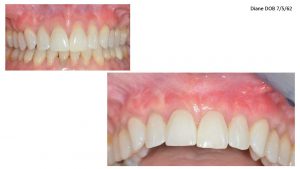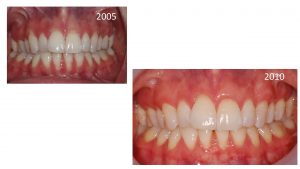As gums recede, they pull away from your teeth and expose the root over time. Not only can this cause pain, it creates pockets between the two and along the gum line. It makes your beautiful smile susceptible to decay gum disease and tooth loss. This is when the problem has gotten out of hand, and you have a gingival recession.
Some things that can lead to gum recession are aggressive brushing, teeth grinding, misalignment, gingivitis, and genetics. Of course, some things are preventable and others are predetermined, but it’s important to control what you can. Speak with your dentist about your oral care habits and health history to assess your risk, and give you tips about how to keep your teeth and gums healthy.
If you would like more information about soft tissue grafting, call Dr. Cabrera in Chicago, IL at 312-994-7939 or visit www.perioimplantchicago.com.
Dr. Cabrera proudly serves Chicago and all surrounding areas.




